
If you’ve begun feeling the slight chills in the morning, you know that winter is coming – intended GoT reference. While an epic fantasy drama can turn the heat up in an instant, your body needs a little more warmth or spice, depending on what your taste is like, to help you push through those cold mornings. In this article, I’m going to share some of my favorite hot winter drinks that I include in my diet on a regular basis.
These drinks have numerous health benefits. They will help you boost your immunity, increase your brainpower and remove toxins from your body – these are still just a few benefits from the reservoir of goodness they can offer!
You can’t deny that winter beckons warm, hot, spicy and often something sweet as well. Now, if you want to make your drink healthy, then you must try one or all of these hot winter drinks!
1. Hot Ginger Tea
This brew is quite effective during winter. It promotes good digestion, boosts your immunity, aids weight loss and helps provide relief in Arthritis. This drink is your ally while battling cold and cough as well.
Ingredients: 1 cup of water, 2 tsp of freshly grated ginger and 1 tsp of raw honey (optional)
How to Prepare: Boil ginger in water for 5-10 minutes, strain it, add raw honey if you want to and sip it hot. Simple, isn’t it!
2. Spiced Green Tea
Do you love Green Tea? Let’s spice it up! This aromatic tea is a wonderful blend of taste and good health! It is rich in antioxidants, aids weight loss, boosts metabolism and the best part is that you can consume this any time during winter!
Ingredients: 1 cup of water, a pinch of cinnamon, ½ tsp crushed ginger, 2 tsp of green tea leaf, ½ lemon and 1 tsp of raw honey (optional).
How to Prepare: Add green tea leaf, crushed ginger and cinnamon in hot water. Cover and steep for 5-6 minutes. Pour it in your favorite mug, then add lemon and honey and start sipping immediately!
3. Warm Turmeric Milk
This popular household drink is an excellent remedy for treating inflammation and joint pains. It helps in resolving sleep-related issues as well.
Ingredients: 1 cup of organic milk, ½ tsp of ground turmeric, a pinch of cinnamon powder, 1 tsp of raw honey (optional).
How to Prepare: Mix all the ingredients in a blender for 1 minute. Then, boil it on low flame for a few minutes till it is hot enough. Add raw honey if you want to and serve! The perfect hot winter drink! For sleep disorders, drink this milk 30 minutes before bedtime daily.
4. Spiced Almond Milk
This is a treat for vegans! Purely because it is naturally dairy-free! It can also be consumed by people with dairy allergy or those who are lactose intolerant. Be sure to try this one though, it has an exotic flavor and is quite easy to prepare.
Ingredients: 1 cup of Almond milk, ¼ tsp turmeric powder, ½ tsp of ginger powder, a pinch of cinnamon and a pinch of nutmeg.
How to prepare: Take a saucepan and combine all the ingredients. Slowly bring it to a simmer for a few minutes and serve hot. If you want to make your own almond milk, Click Here.
5. Masala Chai
Everybody’s favourite! If you’re a tea person, this has to be the beverage you wake up to, or the thing that keeps you going late afternoon! If you want to know about the benefits masala chai offers, read my article on The Magic of Indian Masala Chai. To keep it short, it regulates the digestive system, prevents people from gaining weight, stimulates the appetite and boosts the immune system among other benefits!
Ingredients: ½ cup of Water, ½ cup of milk, 1 tsp of loose tea leaf, 2-3 cloves, 1 cardamom, ½ inch cinnamon stick, 1 small slice of ginger, 1 star anise, 2-3 peppercorn, 1 tsp of jaggery powder or brown sugar (optional).
How to Prepare: Crush cinnamon, clove, ginger, star anise, and peppercorn. Add them in boiling water. Then, add the tea leaf and boil for 2-3 minutes. Add the jiggery and milk. Simmer it 2-3 times and then turn the gas off. Pour it in your favorite mug and enjoy the weather!
Whenever you feel like drinking something hot or spicy, these hot winter drinks are your best picks! We hope you enjoy these recipes in the days to come. Try them and let us know your experience in the comments below!
Click here for more Healthy Recipes or speak to an expert by subscribing for GOQii’s Personalised Health Coaching.
#BeTheForce
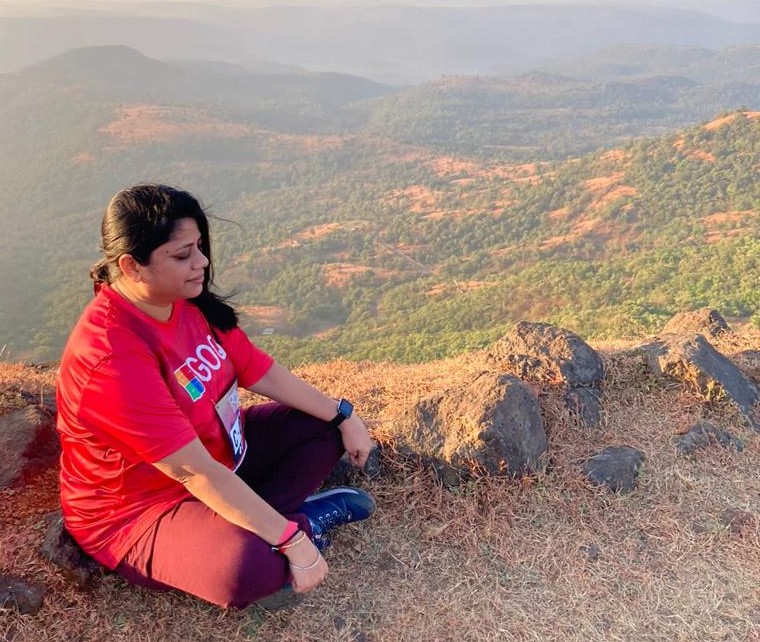 Imagine an event where each and every person has a unique tale to tell, despite having taken similar paths or adventures. Have you ever gone through it? We’re about to share the experience of Kamal Chandran, Group Head – HR at GOQii, who participated in the
Imagine an event where each and every person has a unique tale to tell, despite having taken similar paths or adventures. Have you ever gone through it? We’re about to share the experience of Kamal Chandran, Group Head – HR at GOQii, who participated in the 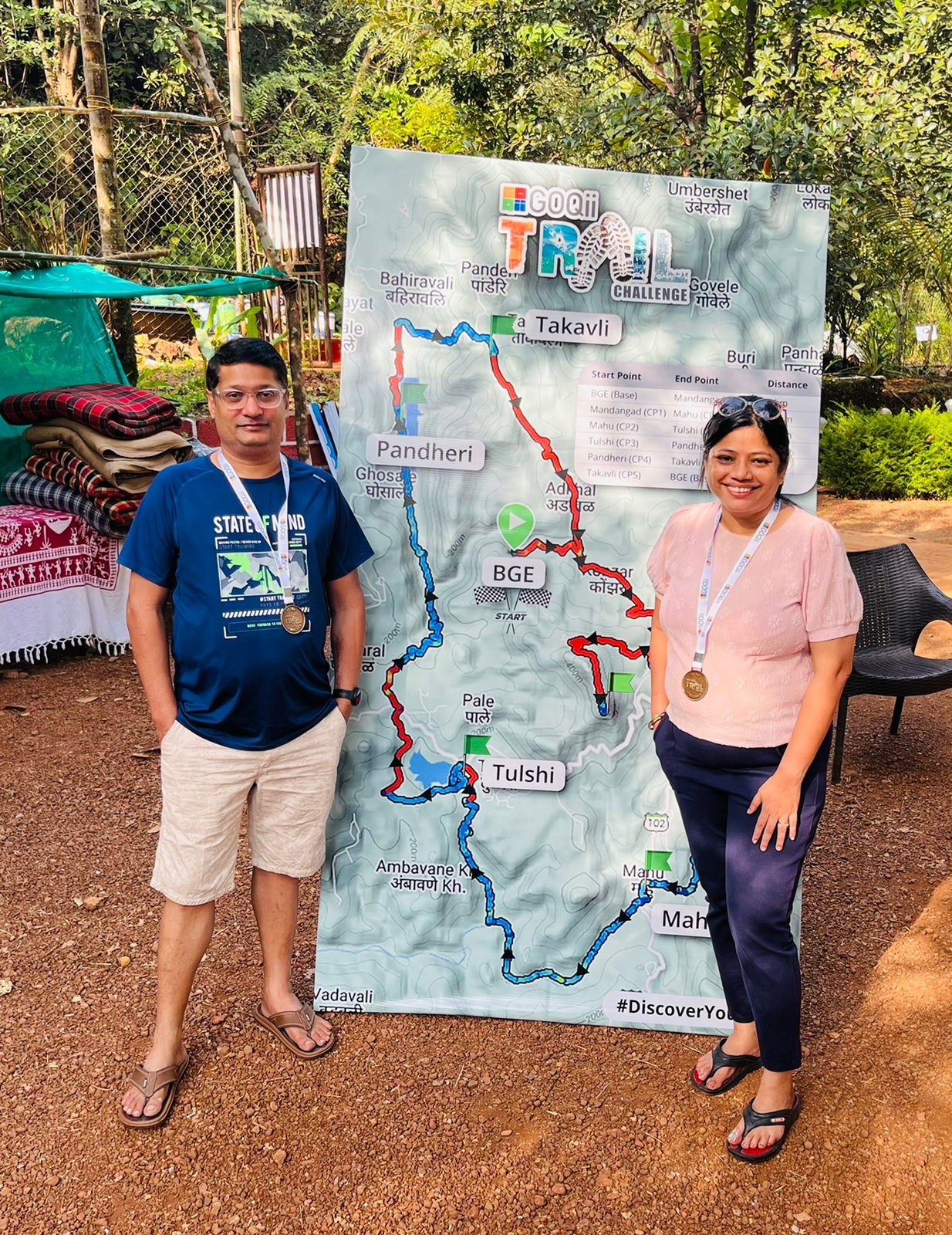 On arrival at the basecamp (Blue Green Exotica) at Mandangad, the mood was festive and colourful. The atmosphere was chill with plenty of music & camaraderie accompanied by instructions, route maps, signs and the likes that spruced up my vibes to commit full-on.
On arrival at the basecamp (Blue Green Exotica) at Mandangad, the mood was festive and colourful. The atmosphere was chill with plenty of music & camaraderie accompanied by instructions, route maps, signs and the likes that spruced up my vibes to commit full-on.  The entire route was meditative for me since I was fully present in my body, mind, and soul. We had forgotten to carry a stick that was advised to better navigate the terrain. However, on the way I picked up a suitable bamboo stick that came in handy. From one checkpoint to the next, we enjoyed the journey, terrain and the beautiful nature that surrounded us.
The entire route was meditative for me since I was fully present in my body, mind, and soul. We had forgotten to carry a stick that was advised to better navigate the terrain. However, on the way I picked up a suitable bamboo stick that came in handy. From one checkpoint to the next, we enjoyed the journey, terrain and the beautiful nature that surrounded us.  After encountering multiple challenges and enabling our various faculties and strategies to overcome them, we managed to cover a distance of 40km in 14 hours, quite slowly but successfully.
After encountering multiple challenges and enabling our various faculties and strategies to overcome them, we managed to cover a distance of 40km in 14 hours, quite slowly but successfully. 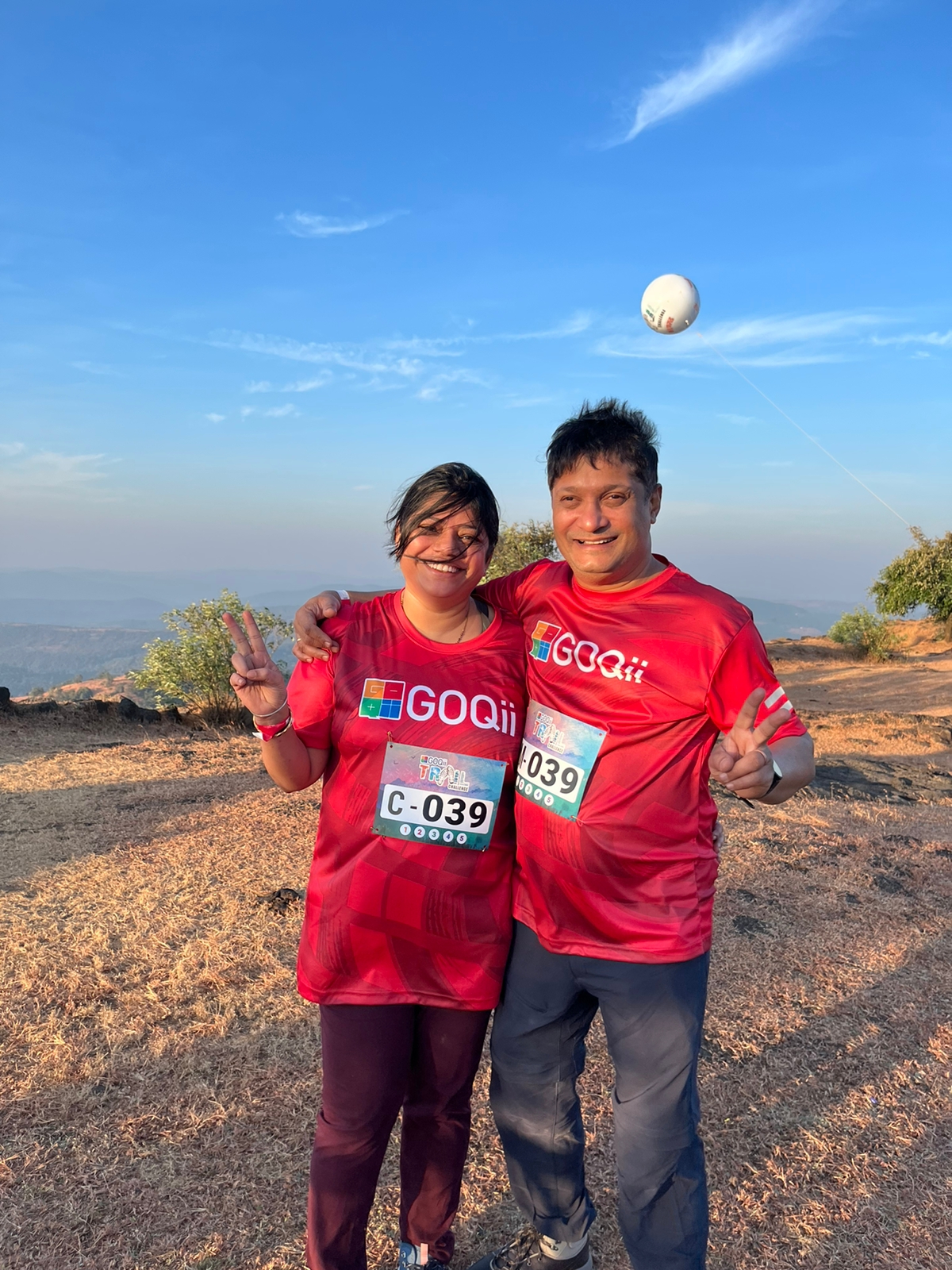 Work can be worship for some people, while for others it means earning their daily bread. I have observed my transformation from a means to worship over the past 20 years. I have had the good fortune to collaborate with a number of outstanding organisations and executives as I develop into a powerful and ardent HR professional.
Work can be worship for some people, while for others it means earning their daily bread. I have observed my transformation from a means to worship over the past 20 years. I have had the good fortune to collaborate with a number of outstanding organisations and executives as I develop into a powerful and ardent HR professional. 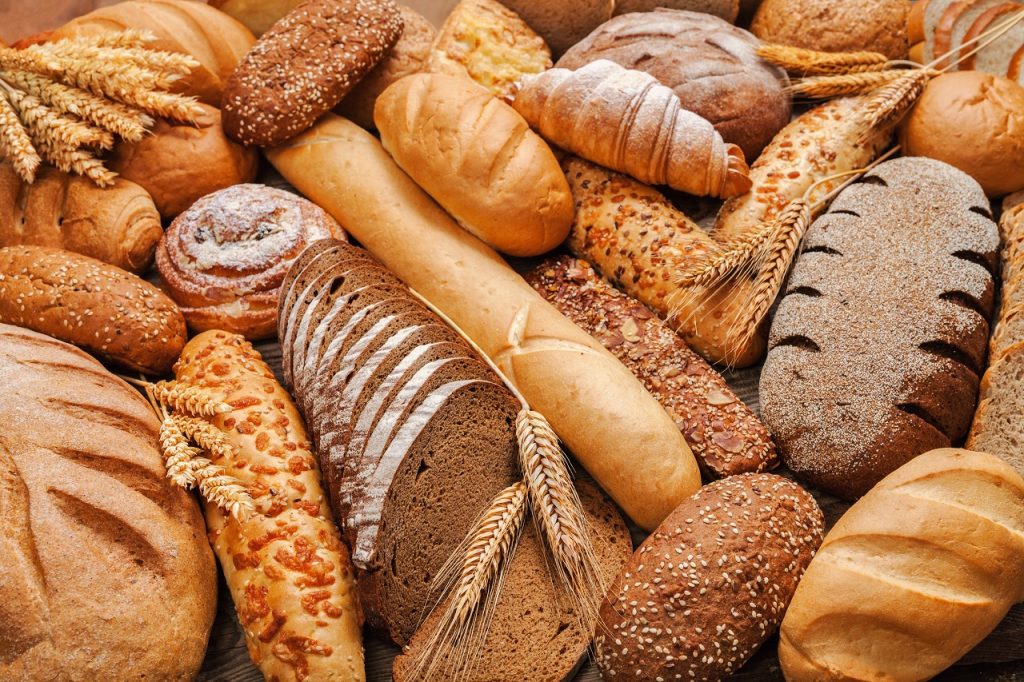 We are all well aware of terms like whole wheat, multigrain, seven-grain, 12-grain, all natural, organic and enriched. Often, we try to look out for the healthiest option when we hit the grocery store to buy that perfect piece of loaf. Every time you eat bread, be it a sandwich, a muffin or a bagel, you’ve got an opportunity to improve your diet. For most us, choosing whole-wheat bread products is the easiest way to eat more super-healthy whole grains. But, when you’re standing in front of the bread array in the supermarket, by just reading the various label claims, just how do you know which is the best bread to buy? Choosing the best bread can be confusing. Here are three bread myths that need to be DEBUNKED!
We are all well aware of terms like whole wheat, multigrain, seven-grain, 12-grain, all natural, organic and enriched. Often, we try to look out for the healthiest option when we hit the grocery store to buy that perfect piece of loaf. Every time you eat bread, be it a sandwich, a muffin or a bagel, you’ve got an opportunity to improve your diet. For most us, choosing whole-wheat bread products is the easiest way to eat more super-healthy whole grains. But, when you’re standing in front of the bread array in the supermarket, by just reading the various label claims, just how do you know which is the best bread to buy? Choosing the best bread can be confusing. Here are three bread myths that need to be DEBUNKED!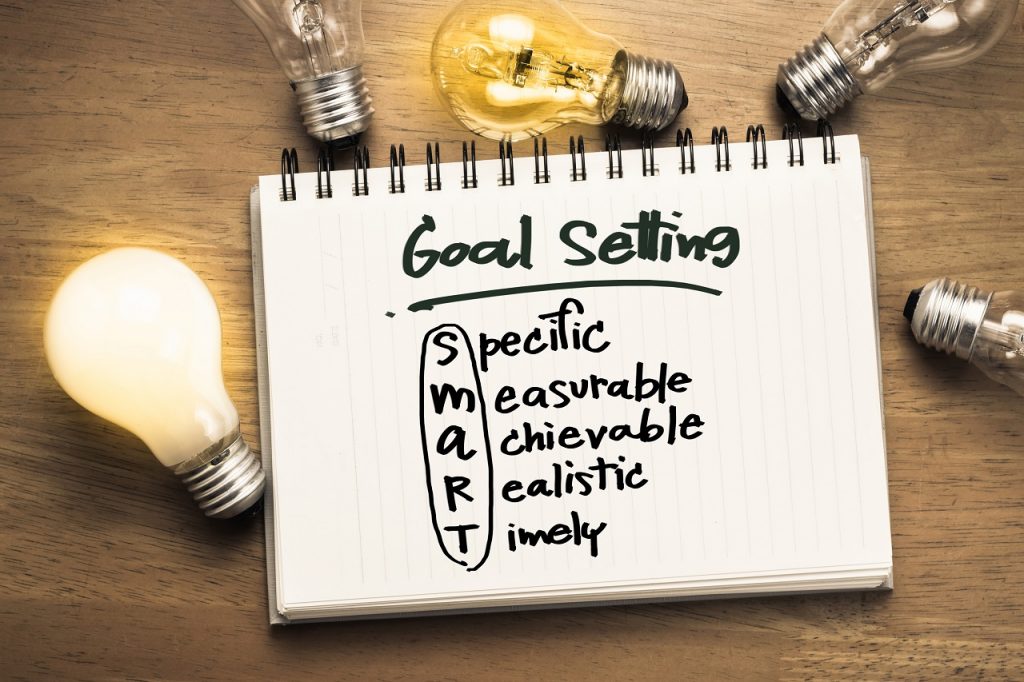 As a lifestyle coach, I often hear people complain about how they have been working on their health goals, but not getting anywhere. Most times, they aren’t able to achieve that “perfect target” is because they are either confused about the target they want to set or don’t know how to plan a strategy to achieve that goal. The simple solution is to plan SMART goals.
As a lifestyle coach, I often hear people complain about how they have been working on their health goals, but not getting anywhere. Most times, they aren’t able to achieve that “perfect target” is because they are either confused about the target they want to set or don’t know how to plan a strategy to achieve that goal. The simple solution is to plan SMART goals.


